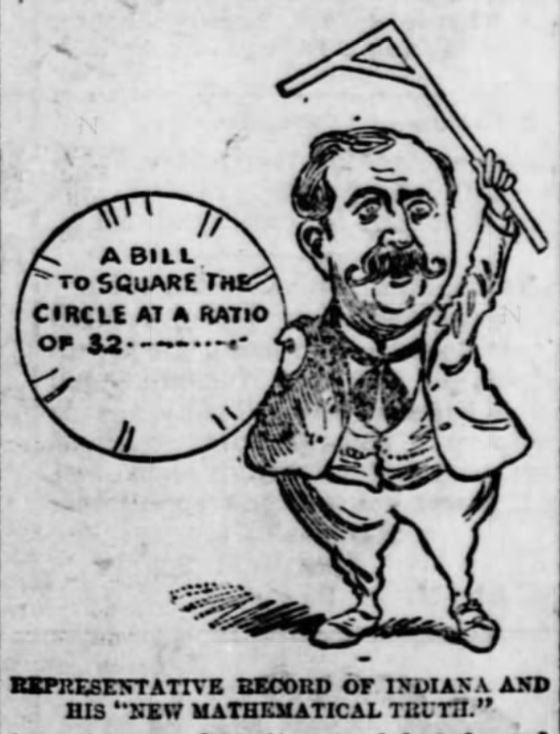A Worldwide Celebration Rooted in Numbers
Every year on March 14, math enthusiasts around the globe celebrate Pi Day. The date, written as 3/14 in the American format, reflects the first three digits of π, the mathematical constant representing the ratio of a circle’s circumference to its diameter.
The date also coincides with Albert Einstein’s birthday, adding another layer of interest. In 2015, the celebration reached a peak when 3/14/15 aligned with even more digits of π—an event that won’t recur for a century. But this fascination with π stretches back millennia and includes moments of innovation, error, and national recognition.
Early Attempts and Ancient Estimates
Records from Babylon between 1900–1650 B.C. estimate pi as 3.125. Egyptian scribes writing in the Rhind Papyrus implied a value of 3.16049. In biblical texts, the dimensions of a ceremonial pool in Solomon’s Temple suggested a value of 3.
Around 250 B.C., Greek mathematician Archimedes calculated pi by bounding a circle with 96-sided polygons, placing its value between 3.1408 and 3.1429.
From India to Indiana
In the 1300s, Madhava of Sangamagrama in India expressed pi as an infinite series and reached accuracy up to 13 decimal places. In 1706, Welsh mathematician William Jones first used the Greek letter π to represent the ratio.
Swiss mathematician Leonhard Euler later popularized it in 1737. In 1897, Indiana nearly legislated pi to equal 3.2 when House Bill 246 passed its House unanimously. The state Senate, however, rejected the bill after Purdue professor C.A. Waldo intervened with a mathematical explanation.
Celebrations, Records, and Recognition
In 1873, William Shanks calculated pi to 707 digits, though later checks found he had only 527 correct. His digits were once inscribed on the walls of the Pi Room in Paris’s Palais de la Découverte.
Pi Day was officially introduced in 1988 by Larry Shaw at San Francisco’s Exploratorium. In 2005, Chao Lu recited 67,980 digits of pi in just over 24 hours. In 2009, the U.S. House of Representatives passed a resolution officially recognizing March 14 as Pi Day, encouraging educators to use the day to promote math learning.
An Infinite Fascination
Pi is an irrational and transcendental number, meaning it cannot be expressed as a simple fraction and isn’t the root of any algebraic equation.
Its endless string of non-repeating digits has intrigued humans for thousands of years. It has inspired calculations, legislation, poetry, art, and annual celebrations around the globe—ensuring that March 14 continues to hold special meaning for anyone drawn to the mysteries of mathematics.

